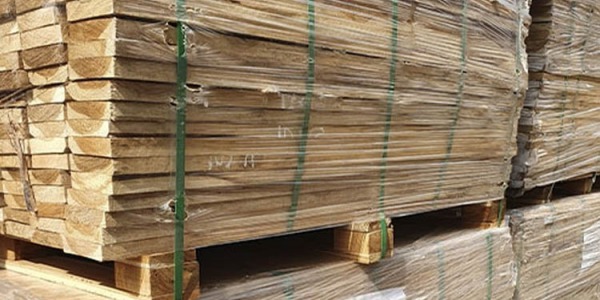How Does Granosite Differ from Traditional Render?

When it comes to finishing exterior walls, there are a variety of options to choose from. Two popular choices are Granosite texture coating and traditional render. While they may look similar at first glance, they have key differences that affect durability, flexibility, and appearance. Here’s what sets them apart.
What Is Granosite Texture Coating?
Granosite is a type of acrylic-based texture coating used to protect and decorate building exteriors. It’s known for its flexibility, wide range of textures, and strong resistance to cracking. Granosite is often used on both residential and commercial buildings where durability and a decorative finish are priorities.
Unlike traditional renders, Granosite contains polymers that improve adhesion, flexibility, and weather resistance, making it especially suited for Australia’s varied climate.
What Is Traditional Render?
Traditional render is a mixture of cement, sand, and sometimes lime, applied to external walls to create a smooth or textured finish. It’s been used for centuries to improve a building’s appearance and provide a protective barrier. Typically applied in one or more coats, cement render can be painted once dry and is known for its hard, durable finish.
However, because cement is rigid, traditional render is prone to cracking over time, especially on surfaces that shift or settle.
Key Differences Between Granosite and Traditional Render
While both Granosite and traditional render enhance a building’s exterior, they differ in several important ways:
- Composition and materials: Traditional render is cement-based, while Granosite is acrylic or polymer-based. This gives Granosite greater flexibility and adhesion.
- Crack resistance: Traditional render can crack due to building movement or settling. Granosite’s flexible formulation allows it to move with the building, reducing the risk of cracks.
- Water resistance: Granosite offers better water resistance, making it ideal for areas exposed to rain or high humidity. Cement render is more porous and may require sealing.
- Texture and finish options: Granosite provides a wider range of textures and finishes, from fine sand to coarse or patterned effects. Traditional render tends to have a more uniform, matte appearance.
- Application process: Granosite is usually applied in a single coat using a roller or spray, while traditional render often requires multiple coats and trowel application.
- Drying time: Granosite dries faster due to its acrylic base. Cement render needs a longer curing period.
- Maintenance and longevity: Granosite generally requires less maintenance over time and resists fading and chalking better than cement render.
For those looking for a modern, flexible, and lower-maintenance option, granosite texture coating offers an attractive alternative to traditional render.
Pros and Cons of Granosite vs Traditional Render
Here’s a quick comparison of the advantages and drawbacks of each option:
Granosite Pros:
- Flexible and less likely to crack
- Highly water-resistant
- Wide range of textures and colours
- Faster drying time
- Lower maintenance
Granosite Cons:
- Generally more expensive upfront
- Requires professional application for best results
Traditional Render Pros:
- Affordable material cost
- Timeless, classic finish
- Strong and durable when applied correctly
Traditional Render Cons:
- Prone to cracking over time
- May need sealing and repainting
- Limited texture options
Cost Comparison
In Sydney, the cost of Granosite texture coating typically ranges from $70–$120 per square metre, depending on the texture and complexity of the project. Traditional cement render generally costs between $45–$80 per square metre. While Granosite may be more expensive initially, its lower maintenance and longer lifespan can make it more cost-effective over time.
Which One Should You Choose?
The right choice depends on your priorities. If you’re after a flexible, low-maintenance finish with a variety of textures, Granosite is worth the investment. If you’re working with a tighter budget or prefer a traditional, smooth aesthetic, cement render may be suitable. Consider your home’s location, exposure to weather, and the style you want to achieve when making your decision.
In Closing
Granosite texture coating and traditional render both offer protective and decorative finishes for exterior walls, but they differ in flexibility, water resistance, texture variety, and maintenance needs. Understanding these differences can help you choose the right option for your home or project.



